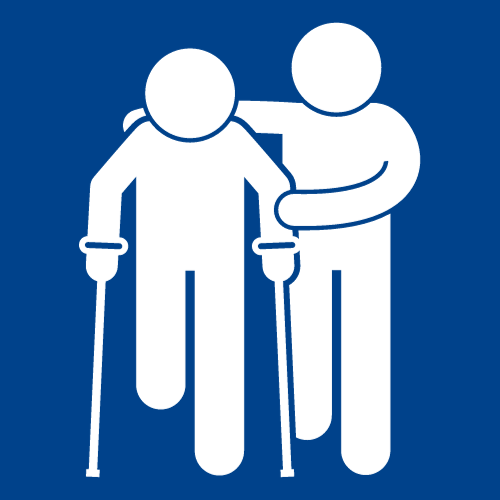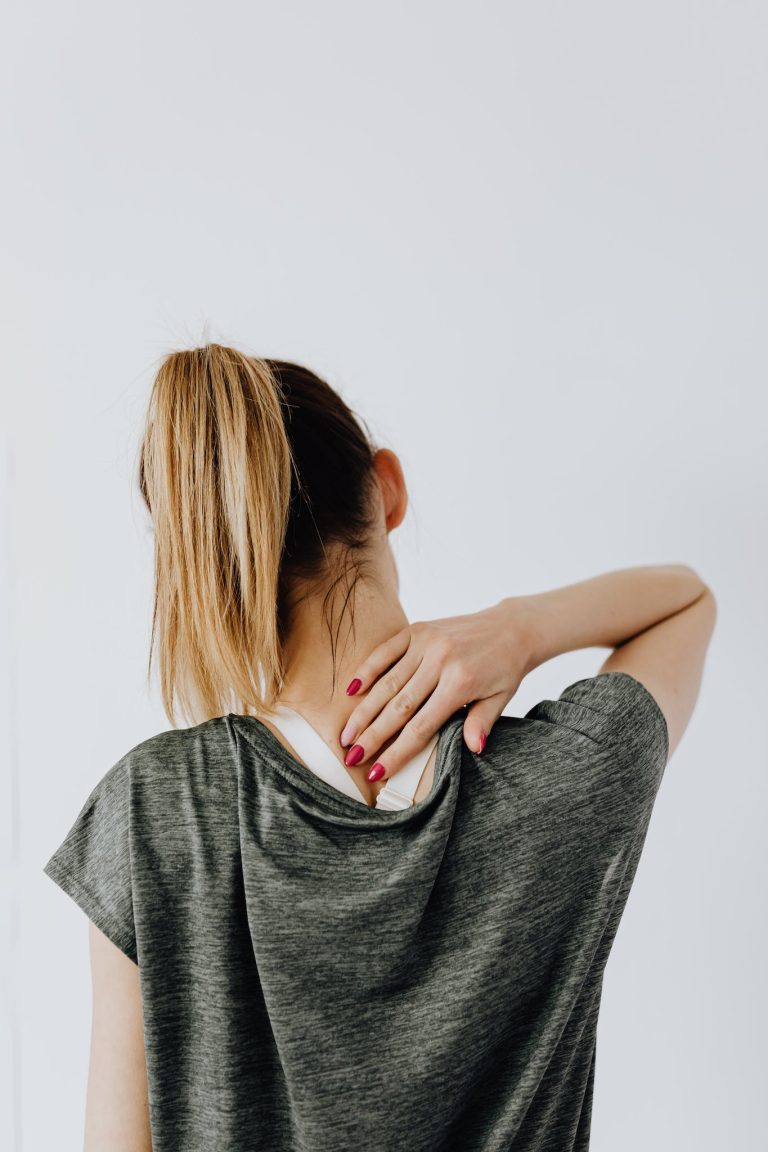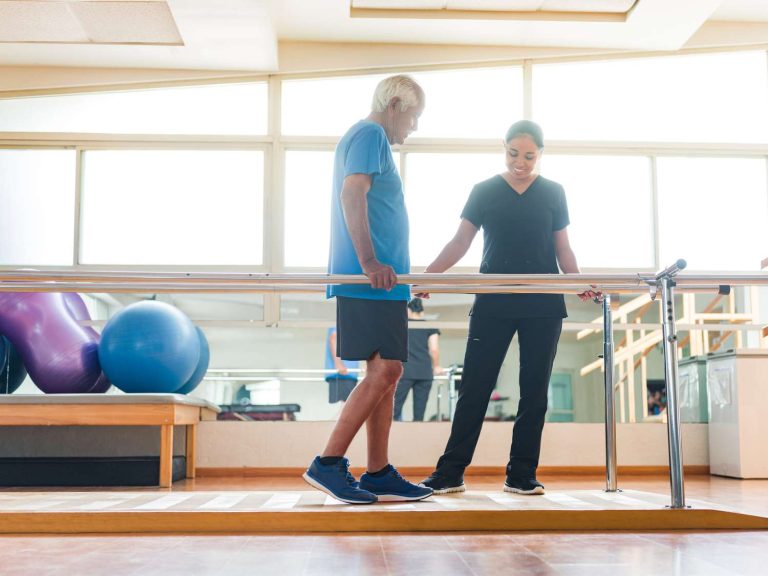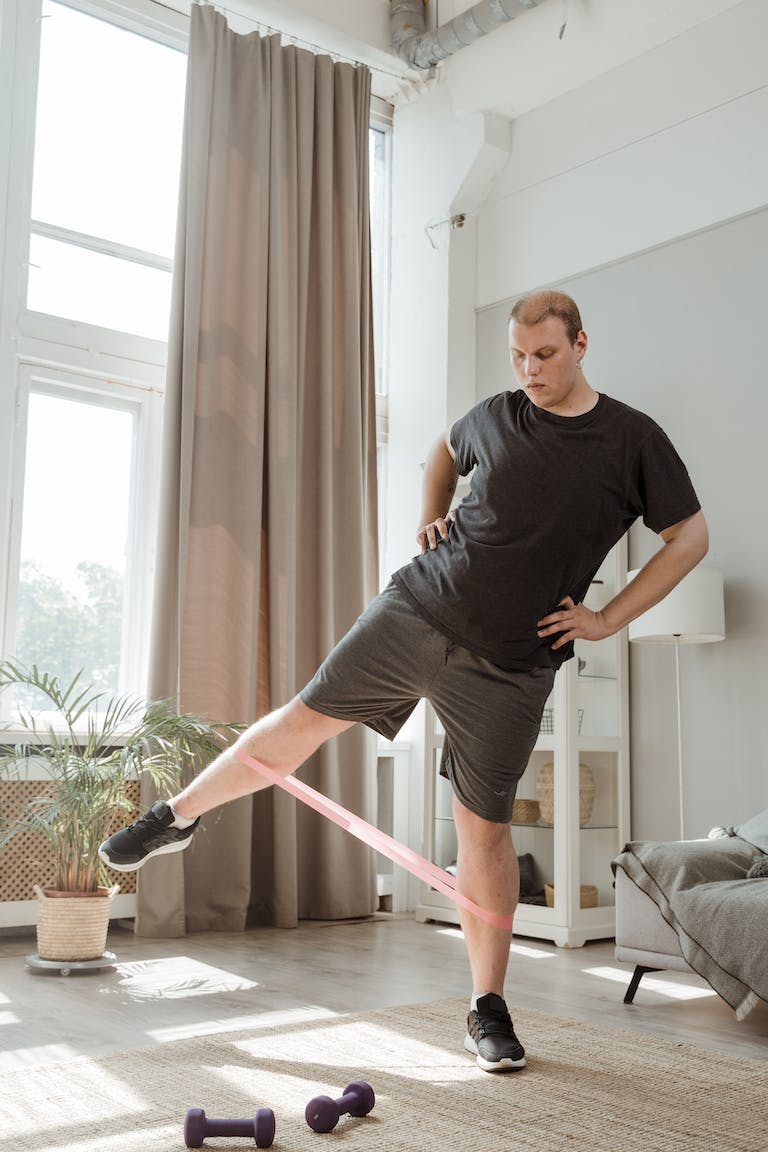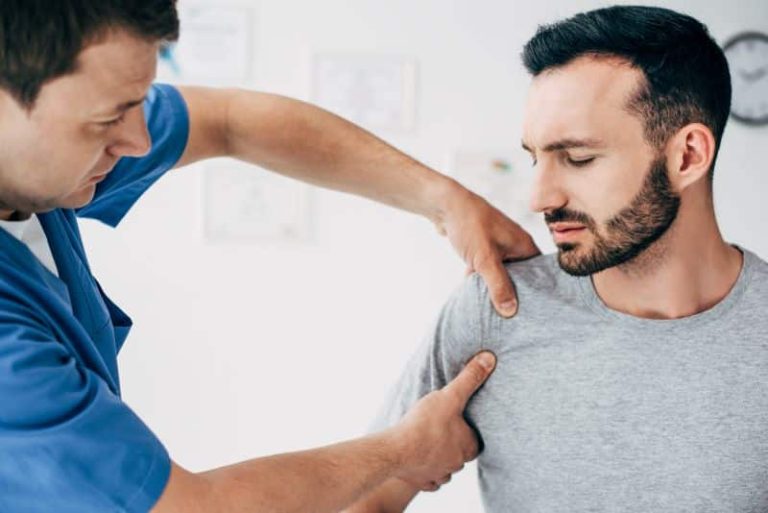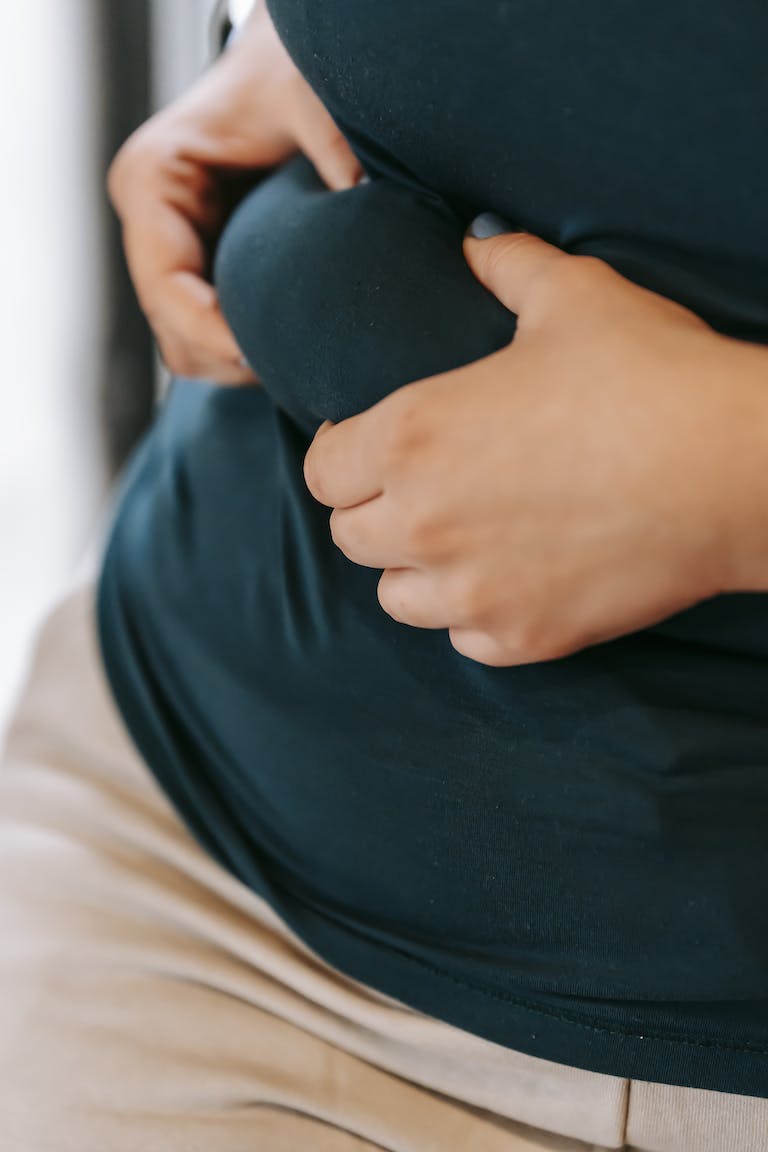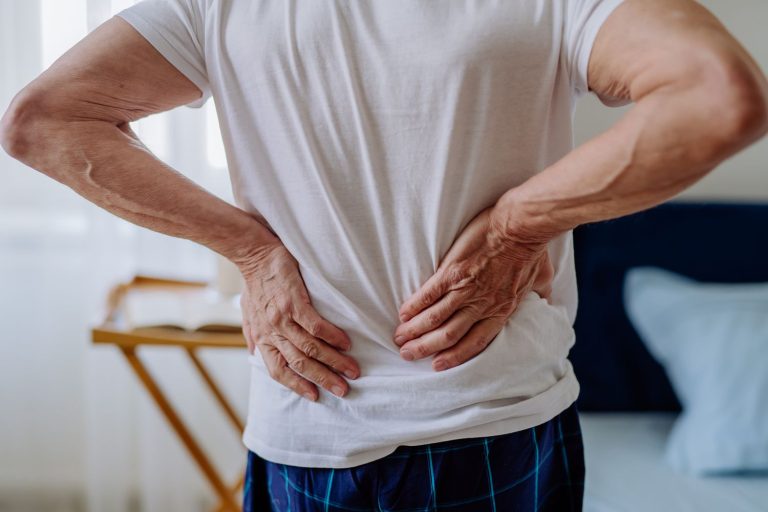Have you ever experienced pain in the outer part of your hip or thigh that is tender to the touch, making it difficult or impossible to lie on the painful side at night, walk or run, or climb stairs?
If you are female, middle-aged, or older, chances are you have. This condition affects 15% of women and 8.5% of men of all ages in the United States. The condition tends to develop more in middle-aged and elderly individuals but can also occur in athletes due to overuse or trauma. This condition is known as trochanteric bursitis. It occurs when one or both of the two bursae (fluid-filled sacs on the side of the hip) become damaged, irritated, or inflamed.
Causes
Normally, the bursa acts as a cushion between the tendon and its bony attachment. Certain positions or movements can cause excessive friction or stress on the bursa, leading to the development of inflammation (bursitis) and later fibrosis (scarring) of the bursa and the adjacent tendons on the outside of the hip.
When the bursa becomes injured, those muscles and tendons don’t glide smoothly over it, and they become painful when normal stress is applied to the damaged tissues when performing normal activities.
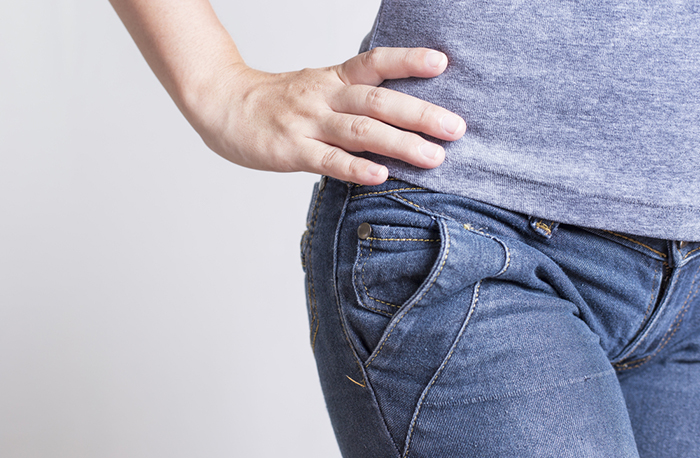
Treating Acute Bursitis
PRICE (Protection, Rest, Ice, Compression, Elevation)
Trochanteric bursitis can have many causes, but the most common is a repetitive activity, such as walking or running on an uneven surface, which creates friction in the hip area. The condition may also result from abnormal walking, such as limping, due to back, hip, knee, or foot/ankle issues. It can also occur without any specific cause.
When this condition first develops, you will likely feel a constant dull ache or throb in the outer aspect of the hip that becomes sharp with activity such as walking, stair climbing, squatting, or lying on the affected side. It is in this stage when the tissue is inflamed that PRICE (Protection, Rest, Ice, Compression, Elevation) is important.
Taping and Support
Compression is difficult in this area, but elastic taping (kenesio, KT tape, etc.) may be helpful. Medication to control pain or inflammation (aspirin, advil, aleve, and ibuprofen) is important. You may find it helpful to use a cane to reduce weight on the affected hip when walking if you are limping badly or in severe pain (hold the cane on the opposite side of the injured hip). You may need additional padding on your bed or avoid lying on the affected side altogether when sleeping to reduce stress on the area when in bed.
Common Exercises Used To Treat Trochanteric Bursitis
Hip rotator stretch
1. Lie on your back with both knees bent and your feet flat on the floor.
2. Put the ankle of your affected leg on your opposite thigh, near your knee.
3. Use your hand to gently push your knee away from your body until you feel a gentle stretch around your hip.
4. Hold the stretch for 15 to 30 seconds.
5. Repeat 2 to 4 times.
Iliotibial band stretch
1. Lean sideways against a wall. If you are not steady on your feet, hold on to a chair or counter.
2. Stand on the leg with the affected hip, with that leg close to the wall. Then cross your other leg in front of it.
3. Let your affected hip drop out to the side of your body and against wall. Then lean away from your affected hip until you feel a stretch.
4. Hold the stretch for 15 to 30 seconds.
5. Repeat 2 to 4 times.
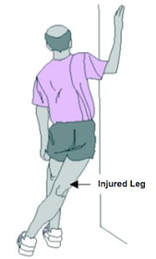
Clamshell
1. Lie on your side, with your affected hip on top and your head propped on a pillow. Keep your feet and knees together and your knees bent.
2. Raise your top knee, but keep your feet together. Do not let your hips roll back. Your legs should open up like a clamshell.
3. Hold for 6 seconds.
4. Slowly lower your knee back down. Rest for 10 seconds.
5. Repeat 8 to 12 times.
Straight-leg raise on the side
1. Lie on your side, with your affected hip on top.
2. Tighten the front thigh muscles of your top leg to keep your knee straight.
3. Keep your hip and your leg straight in line with the rest of your body, and keep your knee pointing forward. Do not drop your hip back.
4. Lift your top leg straight up toward the ceiling, about 12 inches off the floor. Hold for about 6 seconds, then slowly lower your leg.
5. Repeat 8 to 12 times.
Manual Therapy
The MDT therapist is well versed in monitoring your pain responses to positions and movements and using them as a guide to determine the appropriate frequencies and dosages of exercise and manual therapy techniques to optimize healing of the damaged tissue and prevent re-injury while undergoing rehabilitation.
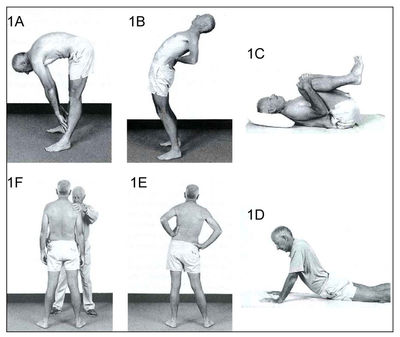
Functional Training
Once the pain has become much less severe and only felt during more demanding activities, your therapist will guide you through a phase of functional restoration activities to ensure a safe and smooth transition back to your usual recreational or sporting activities.
Prevention
Once your condition has fully resolved, you can prevent the recurrence of this condition by doing the following:
- Adopt the exercises that helped resolve your problem as a routine warm-up or cool-down when resuming your usual exercise or sports routine. Maintain a healthy weight to reduce stress on the hip.
- Start any new, physically demanding activities slowly.
- Wear well-fitting and supportive shoes to reduce abnormal stress on your hips.
